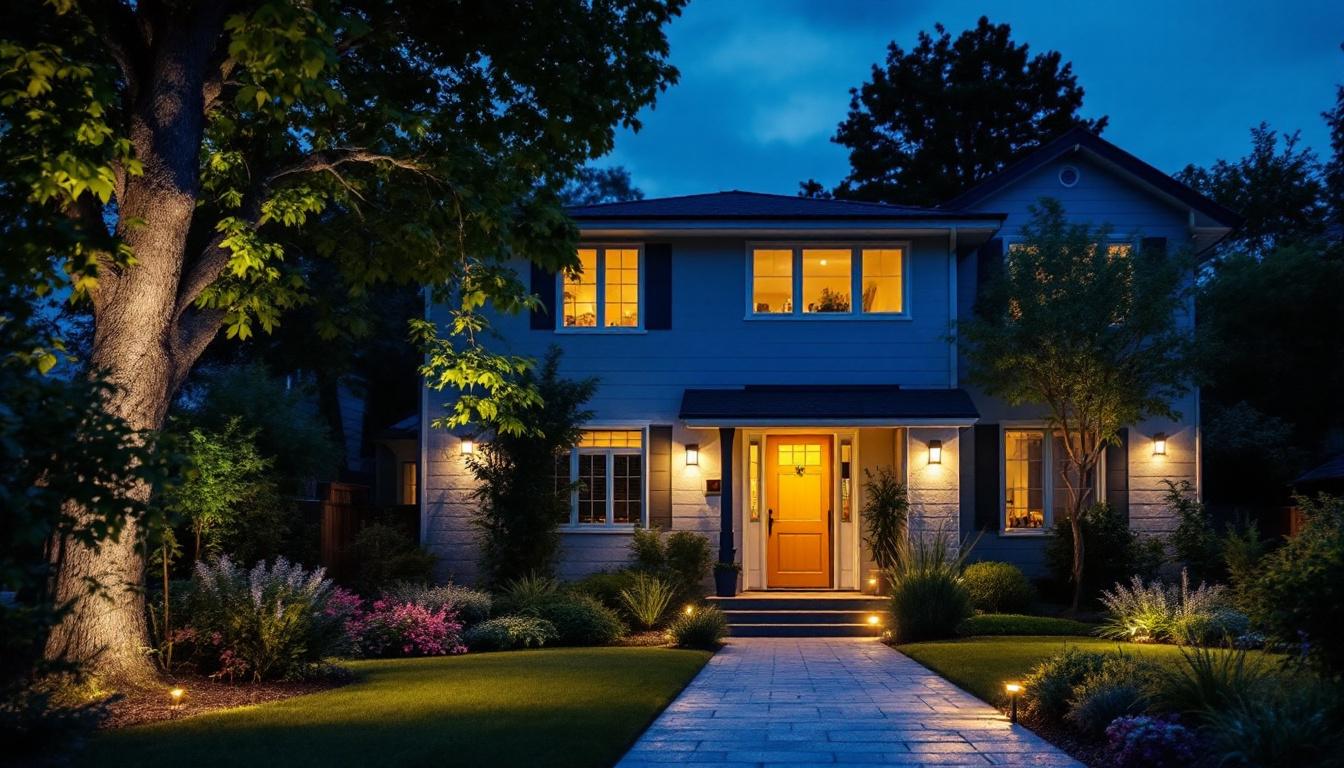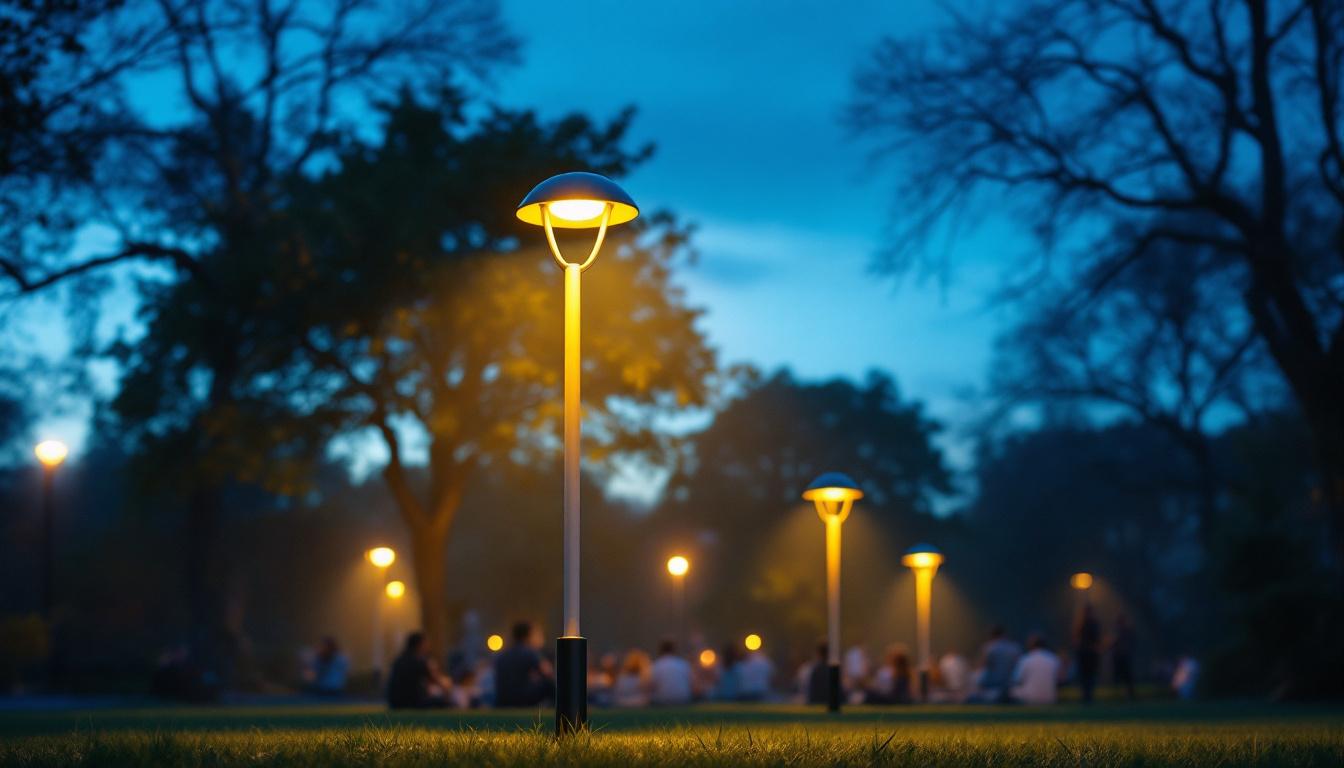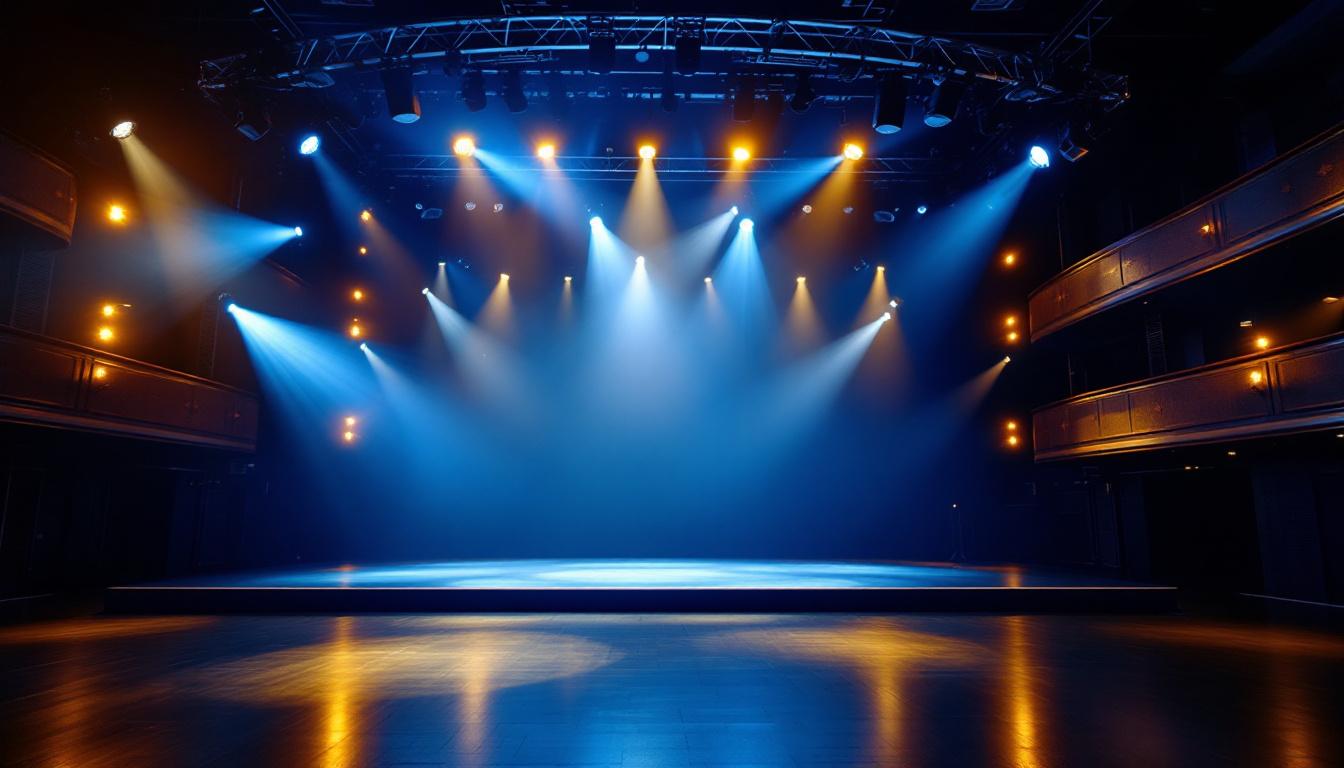
As outdoor security lighting becomes increasingly essential for both residential and commercial properties, lighting contractors must ensure they are well-prepared for each installation. This comprehensive checklist serves as a guide for lighting contractors to ensure that every aspect of outdoor security lighting is covered, from planning and design to installation and maintenance.
Outdoor security lighting serves a dual purpose: it enhances safety and provides aesthetic value to properties. Properly installed security lights deter potential intruders and illuminate pathways, driveways, and entrances, making them safer for residents and visitors alike. Understanding these benefits is crucial for any lighting contractor aiming to deliver top-notch services.
One of the primary functions of outdoor security lighting is to deter criminal activity. Well-lit areas are less appealing to potential intruders, who prefer to operate in darkness. By strategically placing lights around a property, contractors can create a sense of safety that not only protects the premises but also provides peace of mind for homeowners. Additionally, the presence of security lighting can enhance neighborhood safety as well; when multiple homes are illuminated, it creates a well-lit community that discourages crime and fosters a sense of collective vigilance among residents.
While security is the main focus, aesthetics should not be overlooked. Thoughtfully designed outdoor lighting can highlight architectural features, landscaping, and pathways. This enhances the property’s curb appeal and can even increase its value. Lighting contractors should consider both functionality and design when planning installations. Furthermore, the right lighting can transform outdoor spaces into inviting areas for social gatherings or quiet evenings, allowing homeowners to enjoy their yards long after the sun has set. Features such as uplighting on trees or downlighting along walkways can create an enchanting atmosphere that complements the natural beauty of the property.
In today’s environmentally conscious world, energy efficiency is a significant consideration for outdoor security lighting. Many homeowners are opting for LED lights, which consume less energy and have a longer lifespan compared to traditional bulbs. This not only reduces electricity bills but also minimizes the environmental impact. Additionally, smart lighting solutions, such as motion sensors and timers, can further enhance energy efficiency by ensuring that lights are only activated when needed. These advancements allow for a customizable approach to security lighting, enabling homeowners to tailor their systems to fit their specific needs and lifestyles.
When installing outdoor security lighting, it is essential for contractors to be aware of local regulations and guidelines. Many municipalities have specific rules regarding light pollution, which can affect the placement and brightness of outdoor lights. By adhering to these regulations, contractors not only ensure compliance but also contribute to the overall well-being of the community. Educating homeowners about these regulations can help them make informed decisions about their lighting options, ensuring that their security measures are effective without being intrusive to their neighbors or the environment.
Effective planning and design are crucial steps in the installation of outdoor security lighting. This phase involves assessing the property, understanding client needs, and determining the best lighting solutions.
A thorough site assessment is the foundation of any successful lighting project. Contractors should evaluate the property’s layout, identifying key areas that require illumination, such as entry points, garages, and dark corners. Additionally, it is essential to consider the surrounding environment, including trees, fences, and other structures that may obstruct light.
Engaging with clients is vital to understand their specific needs and preferences. Discussing their concerns about security, desired aesthetics, and budget allows contractors to tailor solutions accordingly. This collaboration ensures that the final design aligns with the client’s vision while meeting safety standards.
Incorporating lighting design principles can significantly enhance the effectiveness of outdoor security lighting. Key principles include layering light, using appropriate color temperatures, and ensuring uniformity. Layering light involves combining ambient, task, and accent lighting to create a balanced and functional outdoor space. Selecting the right color temperature can also influence the mood and perception of safety.
The selection of lighting fixtures is a critical aspect of the installation process. Contractors must consider various factors, including light output, energy efficiency, and durability.
Understanding lumens is essential for selecting the right fixtures. Lumens measure the amount of light emitted by a bulb, and different areas of a property may require varying levels of brightness. For example, pathways may need softer lighting, while entryways and driveways may require brighter illumination for safety.
With growing concerns about energy consumption, choosing energy-efficient fixtures is more important than ever. LED lights are a popular choice due to their longevity and low energy usage. Additionally, contractors should consider solar-powered options for areas without easy access to electrical sources, providing a sustainable lighting solution.
Outdoor lighting fixtures must withstand various weather conditions. Selecting fixtures made from durable materials, such as aluminum or stainless steel, can ensure longevity. Furthermore, contractors should look for products with a high IP (Ingress Protection) rating, indicating resistance to dust and moisture.
Once the planning and design phases are complete, the installation process begins. Adhering to best practices during installation can help ensure that the lighting system functions effectively and safely.
Correct placement of fixtures is crucial for maximizing the effectiveness of outdoor security lighting. Fixtures should be positioned to minimize shadows and eliminate dark spots. Additionally, lights should be mounted at appropriate heights to provide optimal coverage while avoiding glare.
Electrical safety is paramount during installation. Contractors must ensure that all wiring is done according to local codes and regulations. Using weatherproof junction boxes and conduit can protect electrical connections from moisture and damage. It’s also advisable to install GFCI (Ground Fault Circuit Interrupter) outlets to prevent electrical shocks.
After installation, thorough testing is essential to ensure that all fixtures are functioning correctly. Contractors should check for adequate illumination levels and adjust the angles of fixtures as necessary. This step allows for fine-tuning the lighting system to meet the client’s expectations fully.
Regular maintenance is vital to ensure the longevity and effectiveness of outdoor security lighting systems. Contractors should educate clients on proper maintenance practices and offer ongoing support when needed.
Encouraging clients to conduct routine inspections can help identify potential issues before they escalate. This includes checking for burnt-out bulbs, damaged fixtures, and any obstructions that may block light. A proactive approach to maintenance can prolong the life of the lighting system.
Over time, dirt and debris can accumulate on lighting fixtures, reducing their effectiveness. Contractors should recommend cleaning schedules to clients, emphasizing the importance of keeping fixtures clear for optimal performance. Simple cleaning methods, such as wiping down fixtures with a damp cloth, can make a significant difference.
Lighting contractors should be prepared to troubleshoot common issues that may arise with outdoor security lighting. This includes addressing flickering lights, inconsistent brightness, and electrical malfunctions. Providing clients with basic troubleshooting tips can empower them to resolve minor issues independently, while still knowing when to call for professional assistance.
Understanding and adhering to local regulations and safety standards is crucial for any lighting contractor. Compliance ensures that installations are safe, legal, and effective.
Before commencing any installation, contractors must familiarize themselves with local building codes and regulations. These codes may dictate specific requirements for outdoor lighting, including fixture placement, height restrictions, and electrical standards. Non-compliance can lead to fines and may necessitate costly rework.
In addition to building codes, safety standards set by organizations such as the National Electrical Code (NEC) should be followed. These standards provide guidelines for safe electrical installations, helping to prevent hazards such as electrical shocks and fires. Contractors should stay updated on any changes to these standards to ensure ongoing compliance.
Effective communication with clients is essential throughout the entire process, from initial consultation to post-installation support. Educating clients about their outdoor security lighting systems can enhance their satisfaction and ensure proper usage.
During the installation process, contractors should take the time to explain the features and functionalities of the lighting system to clients. This includes discussing any smart technology options, such as motion sensors or timers, which can enhance security and energy efficiency. Clients who understand their systems are more likely to utilize them effectively.
Offering clients clear maintenance guidelines can help ensure the longevity of their outdoor lighting systems. This may include information on bulb replacement, cleaning schedules, and troubleshooting tips. Providing a written guide can serve as a valuable reference for clients long after the installation is complete.
Outdoor security lighting is a critical component of property safety and aesthetics. By following this comprehensive checklist, lighting contractors can ensure that they deliver high-quality installations that meet the needs of their clients. From planning and design to installation and maintenance, each step plays a vital role in creating effective outdoor lighting solutions. Through diligence, attention to detail, and ongoing communication with clients, contractors can build a reputation for excellence in outdoor security lighting.
Ready to elevate your outdoor security lighting installations with the finest products on the market? Look no further than LumenWholesale. Our commitment to providing contractors with spec-grade lighting solutions at unbeatable wholesale prices ensures that you can complete your projects with confidence. With LumenWholesale, you’ll find an extensive selection of premium lighting that meets rigorous industry standards, all with the convenience of bulk buying and free shipping. Don’t let middleman markups dim your business potential. Choose LumenWholesale for quality, affordability, and convenience. Discover the best value in wholesale lighting by visiting Wholesale Lighting at the Best Value today.

Discover how lighting contractors can enhance their profitability with effective light ballast strategies.

Discover the ultimate guide for lighting contractors with top resources and expert tips on mastering the installation and design of LED square light ceilings.

Explore the advantages and disadvantages of park lamps for lighting contractors.

Discover how theater lighting fixtures can enhance your lighting installation projects, boost efficiency, and create stunning visual effects.